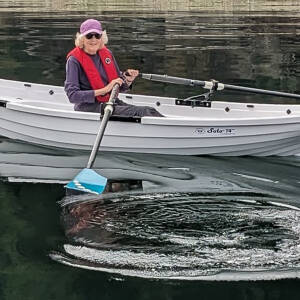Setting the scene……for oysters...
A day spent trying to “get organized”! There are so many items on my “to do” list - I tried to add something to the iphone note I was making so I wouldn’t lose a piece of paper and the iphone note disappeared! :-) Forever.
Now I’m back to a piece of paper.
Have been thinking about my oyster blip project too. Thought about going to photograph Puget Sound today but it was a ugly grey drizzly day and I don’t yet have my good camera back. (tonight!)
The only oyster native to the Pacific coast of North America, the Olympia, covered the shore from California to Alaska, and was a staple food of Native Americans before it was nearly wiped out by overharvesting and pollution. British Columbia in Canada has 16,780 miles of filagreed coastline, thanks to the glaciers that caused so many fjords to form out of it in the last ice age. Many of those little quiet coves were perfect for the native oyster to grow - I can picture it clearly in my mind and in the many sketchbooks I used to make on many slow sailing trips in BC.
An indoor blip with some of those pages and pages of shoreline (and an oyster!) came out of a studio clean up today....
If you aren’t tired of reading yet, I want to quote from the beginning of book I’m reading (The Living shore by Rowan Jacobsen) to further set the scene ....
TIDES
“When the full moon hauls back the waters, they emerge, a glittering band along the shore, like doubloons washed up from the wreck of a Spanish galleon. they close their shells tight and, for a few hours, become land. Bears slip out of the cedary woods and trundle over them, picking at small fish that lingered too long. From a distance you might think they were glinting rocks, just another cobbly beach, rather than acres of living coastline. But if you stepped out of your boat and explored, old shells popping softly beneath your boots, you’d smell their salt spray aroma and hear the cackling or receding water droplets and know that they were the living sea itself, holding on to the land to keep it from squirming away. And if you sat down among them and pried open some shells and tipped the briny flesh into your mouth, you might get the sense of how it had always been.
Then the moon lets go and the water returns, snaking along the low points, bubbling up like springs from under their shells. Soon they are covered, and they phase back into their existence. They open their shells and drink the sea. The bears withdraw and the sixteen armed purple sea stars pull their way up the tide’s advancing edge, gobbling as they go. Tiny creatures hunker down beneath the shells, within the shells, spinning out little lives in a biogenic world. For a few hours, they disappear beneath the waves. and if you arrived at high water and didn’t take the time to poke around, or if you were from some place where the land and the water have already become unglued and you assumed the world you knew was the one that had always been, then you’d probably keep on going, and you’d never know they existed at all.”
(More to come about oysters, but not every day….)
Edit: I've put a set of Uganda Birds on flickr for any birders out there (musings?)

Comments
Sign in or get an account to comment.


